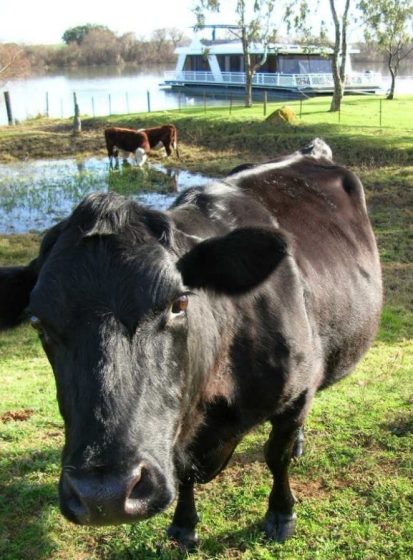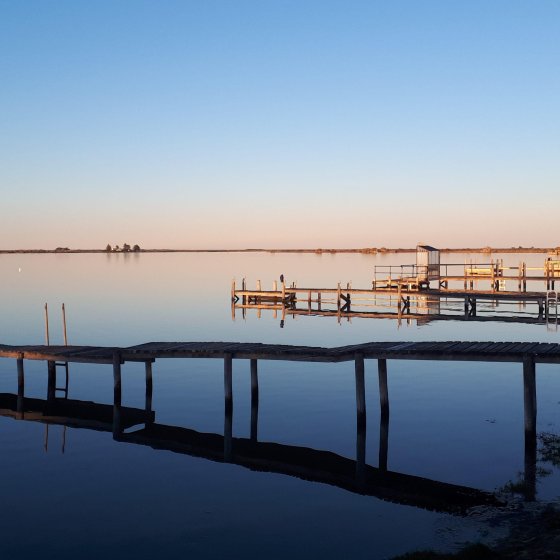- Home
- Environmental Themes
- River Murray
- Environmental Challenges
Environmental Challenges
There are a range of environmental threats and issues that impact the River Murray, Lakes and Coorong, which include but not limited to:
Climate Change
- Climate change impacts that will affect water supply to the river, altering flows, water supply to wetlands, the Lower Lakes and Coorong, and water availability for users that rely on the river as a water source.
- Climate change predictions via CSIRO modelling indicate that the Basin may experience a 5% reduction in average annual rainfall by mid-century, resulting in a 20% reduction in average annual runoff across the Murray–Darling Basin, so low flow related environmental pressures are likely to intensify.
- Droughts, such as the Millennium Drought, cause disastrous effects for the environment and communities, which are likely to increase in frequency and severity with climate change.
- While flooding can provide numerous environmental benefits to the river, it can also result in devastation to communities, industries and businesses, and have negative environmental consequences, such as loss of mudflat habitat, as has been experienced in 2022–23.
Resource Use
- Water extraction can impact water flows and salinity levels vital for ecosystem health. This is particularly complex due to competing demands, different water management arrangements between the Murray–Darling Basin (MDB) states and territory, and the need to ensure a balance of water supply for the environment, human water needs (as per the MDB Plan), cultural and spiritual values and extractive use for horticulture, pastures and other industries.
- Recreational activities such as the use of high speed recreational boats may result in boat wakes contributing to bank erosion.
Habitat Modification
- The health of river habitats has been affected by:
- introduction of locks, weirs and storages, and barrages to regulate flows
- creation of artificial ‘beaches’ by illegally depositing sand at shack sites
- exposure of acid sulfate soils during low flows
- development and placement of infrastructure, especially during times of drought
- habitat degradation, including from historical de-snagging that removed important habitat for fish.
Pollution
- Pressures on water quality are significant, as particular water quality needs are required to support the environment, drinking water, irrigation water supplies and primary-contact recreational uses. Threats to water quality include salinity, blackwater, turbidity and blue green algae.
- Pollution comes from various sources such as leaking septic tanks, wastewater discharge, stormwater runoff, vessles, agriculture (fertilisers, pesticides and livestock), plastics including microplastics, nutrients and sediments. This may result in declining water quality, potential harmful algal blooms and impacts to plants and animals including fish, reptiles and birds and other species that support a healthy ecosystem.

Disease and Pest Species
- European Carp, is one of the most common fish species present in the River Murray, which degrades waterways and competes with native species. In association with the 2022–23 flood event there was a notable breeding response from carp throughout the South Australian section, along with the greatest abundance of carp found in river and wetland habitats in the past 20 years.
